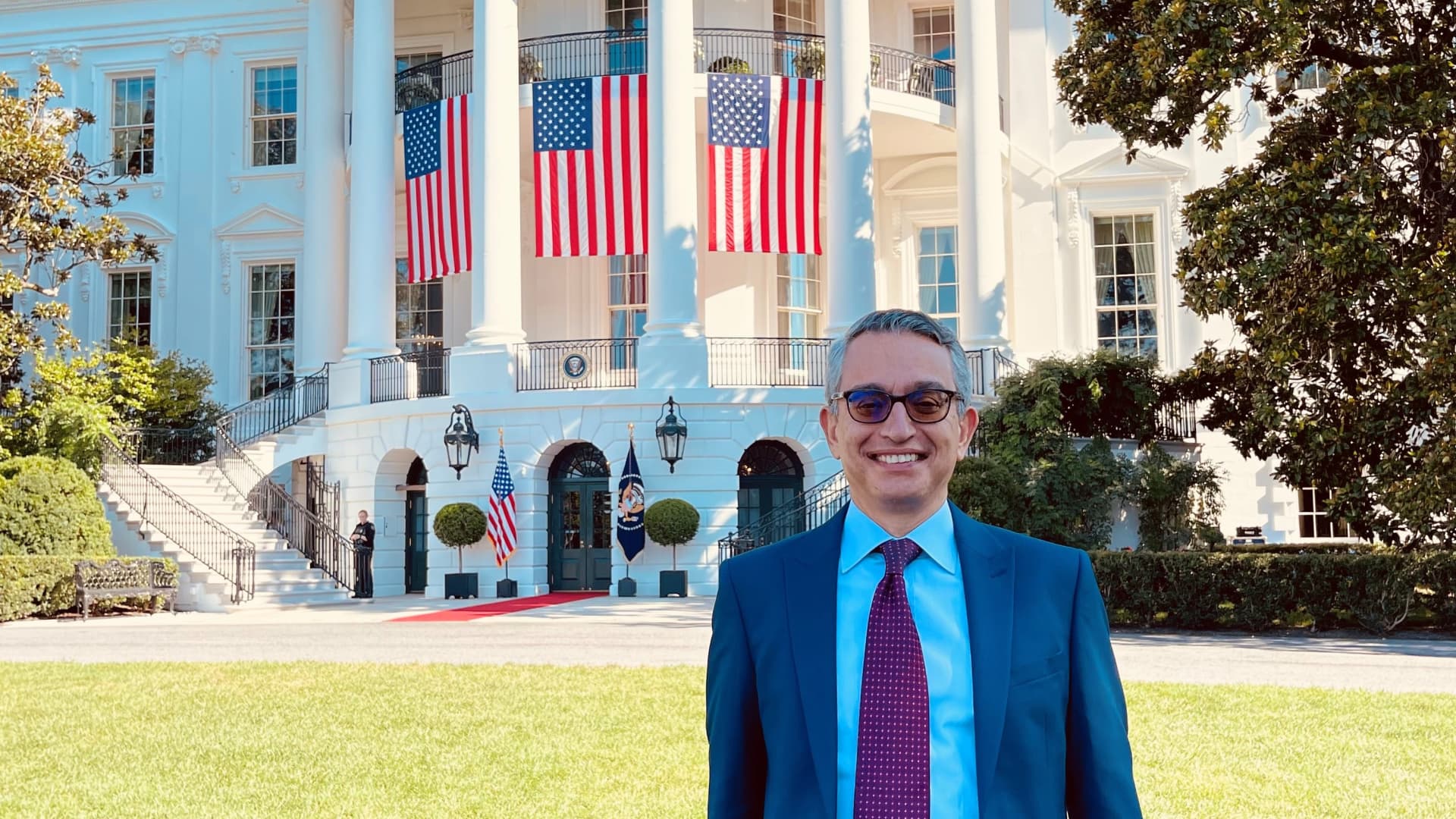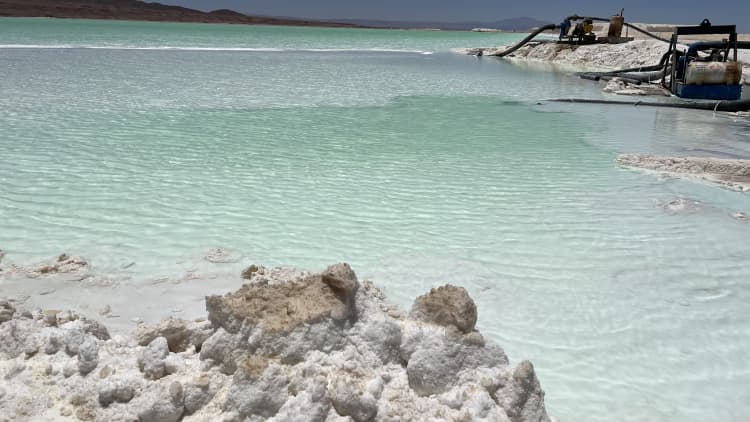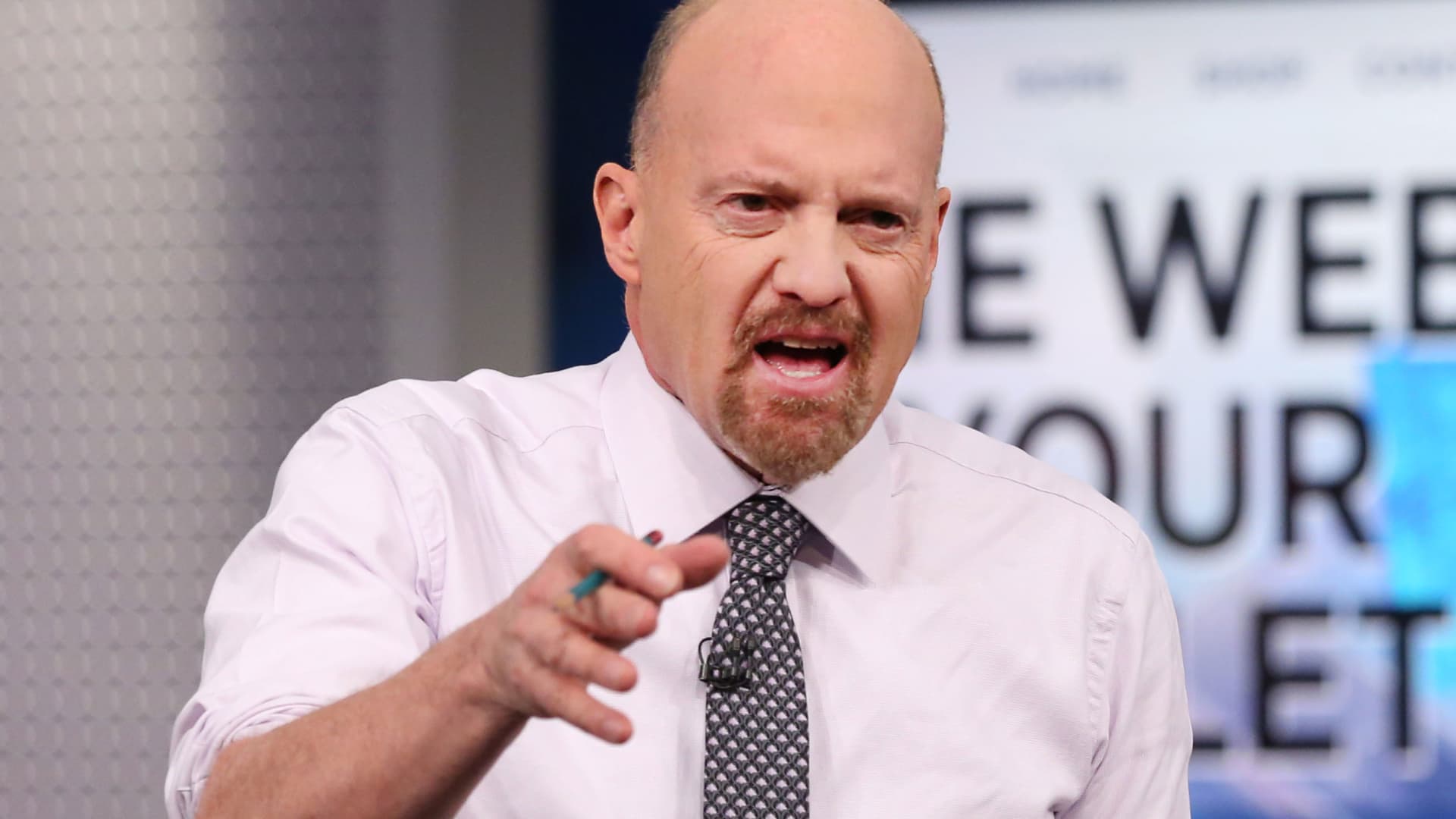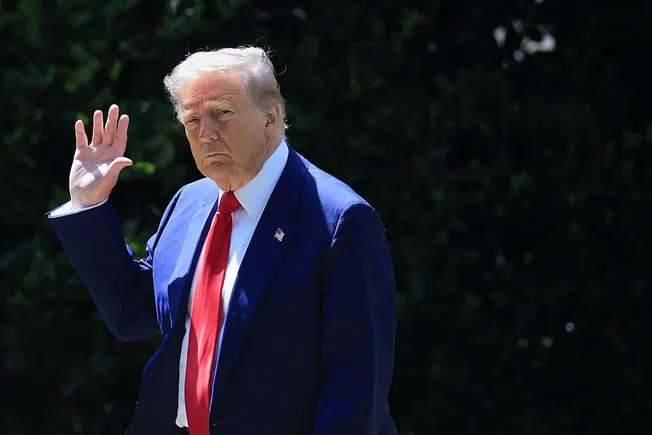Massive city growth and climate change are twin opportunities, says manager of $40 billion fund
I Squared Capital chairman Sadek Wahba explains the opportunities at the intersection of urbanization and climate change.

Sadek Wahba, founder of I Squared Capital
Photo courtesy Sadek Wahba
The next few decades are critical for humanity to respond to climate change. They're also going to see a massive trend of building and urbanization as millions of people move to cities.
The confluence of those two massive global trends holds countless climate challenges — and similarly expansive opportunities for investors, says Sadek Wahba, the founder and chairman of I Squared Capital, a global infrastructure management company that currently manages around $40 billion worth of investments in infrastructure projects in over 50 countries.
"Investing in infrastructure, climate-related technology is the future," Wahba told CNBC in a video interview in May.
Currently, 56% of the global population live in cities, according to the World Bank. That's about 4.4 billion people. The population of city dwellers is expected to double by 2050, the World Bank says, at which point around 70% of people will live in cities, the World Bank says.
The biggest growth in urbanization will happen in India, and more broadly speaking Asia, Wahba says.
"So as people move, you have to build bigger and bigger cities to accommodate. Those cities are made of concrete. They're made of steel. They require air conditioning. They require heating, they require electricity. They require a broadband connection. They require cybersecurity. They require the whole gamut of things. They require transport," Wahba told CNBC.
"That requires an enormous amount of infrastructure with a major impact on climate."
Architectural think tank Architecture 2030 projects that 2.6 trillion square feet of new floor area will be added to buildings by 2060 — that's the equivalent of adding an entire New York City's worth of buildings to the world every month for 40 years, the biggest wave of building growth in human history.
New York City topped the list for the world's wealthiest cities, according to Henley & Partners.
Alexander Spatari | Moment | Getty Images
As this massive growth happens, all kinds of new decarbonization challenges will arise.
For example, the growth of electric vehicle sales has been increasing every year for the last decade, according to the IEA. EVs do not use gas, a fossil fuel product, which is a climate positive.
"But they still have to run on roads. The road is made of bitumen," a derivative of an oil product, Wahba told CNBC.
"So if you build the cities, we may have electric vehicles that don't pollute, but the roads themselves coming from oil derivatives, which of course is polluting."
The batteries for those electric vehicles are often made with lithium, which has to be mined, transported and processed. Each stage of that process poses an infrastructure climate problem.
"Transporting it through ports, through containerships, bulk ships that use diesel: have we thought about that? It arrives at the Port of New York or the Port of LA, then it needs to be processed," Wahba said. Then the lithium will then be transported "In trucks that use diesel. Have we thought about that?"

To decarbonize as the pace of urbanization accelerates will require that solutions are not only clean, but also cheaper. Developing countries with large portions of their populations facing food insecurity and hunger are not going to pay for more expensive climate-friendly solutions, Wahba says.
That will require technological innovation.
It is possible to accelerate the pace of innovation, when there is the political and cultural will, Wahba believes.
"My aunt is at NIH and she's a vaccinologist. She was a vaccinologist for 40 years and said it will take at least two years on the fastest track you could think. It took nine months. That is because we were able to put the full resources and the attention of all of our top scientists," Wahba said.
The same kind of collective effort and money has to go towards combating climate change.
Wahba, who is a member of President Biden's National Infrastructure Advisory Council, generally praised the Biden administration for its investment in climate solutions. He says the administration's climate efforts have been "honestly under appreciated." The money going towards climate mitigation efforts is "fundamentally transformative" for the economy, Wahba said.
But, he said, there is not enough money from the federal government going towards research and development. Investors also underestimate the size of the opportunity.
Global investment in energy transition technologies reached a record $1.3 trillion in 2022, but annual investments have to more than quadruple to more than $5 trillion if the world aims to stay on the pathway of minimizing global warming to 1.5 degrees Celsius, according to a March report from the International Renewable Energy Agency, which is a global intergovernmental agency for energy transformation.
"There are very, very attractive returns," Wahba told CNBC. "It's not just producing wind and solar. It's entire cities that will need to be developed and reformulated and thought again. And that can only happen with the use of technology."
Of course, some climate investments are risky. For example, investing in fusion could make you unfathomably wealthy or you could lose your every last penny. But there are safer investments that still have strong potential for investors.
"The technology that allows you to charge, put electricity to your house and sell it on the grid, that technology exists," Wahba says. "That technology can make 4x."


 Tekef
Tekef 
































